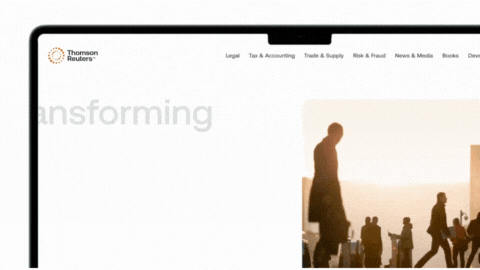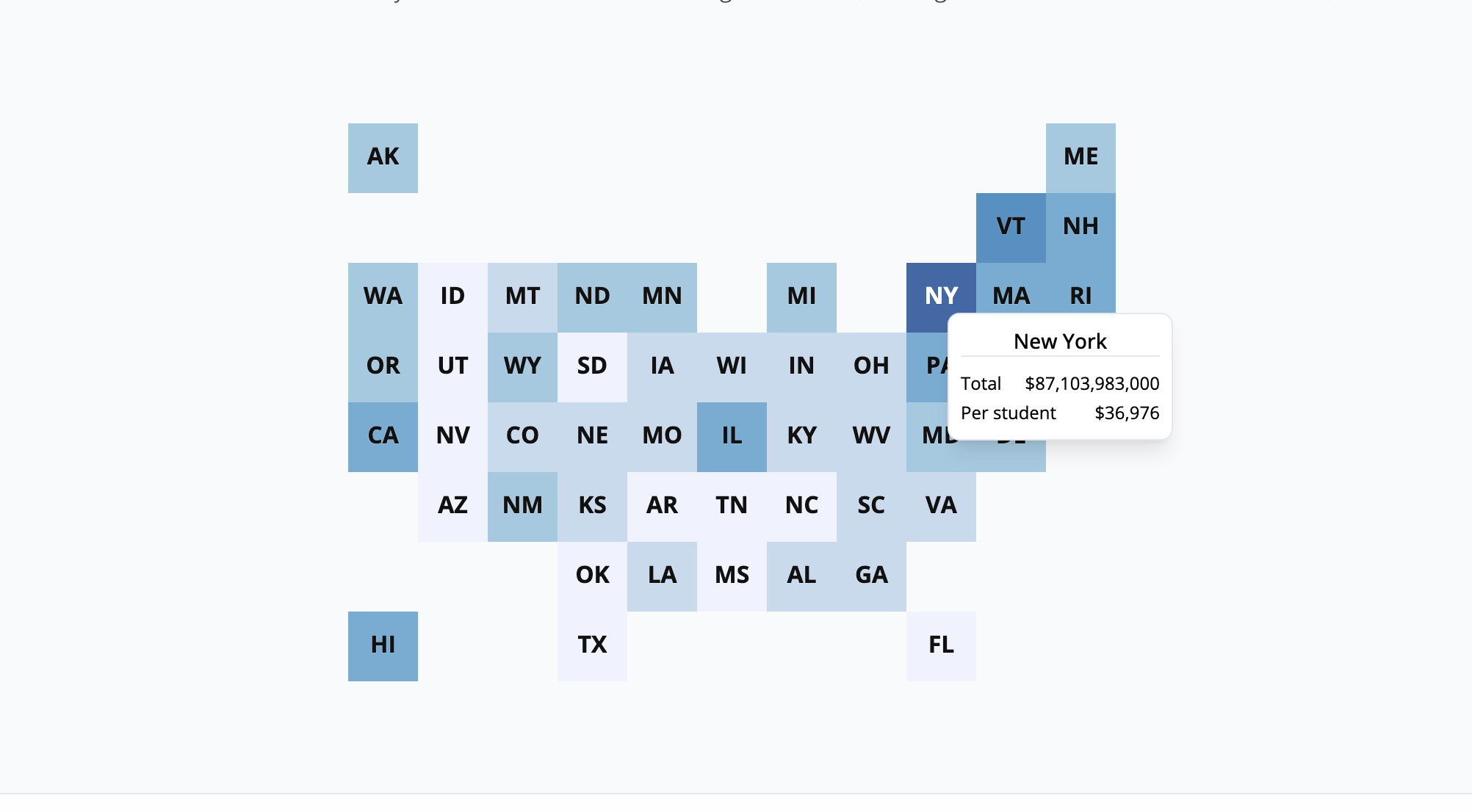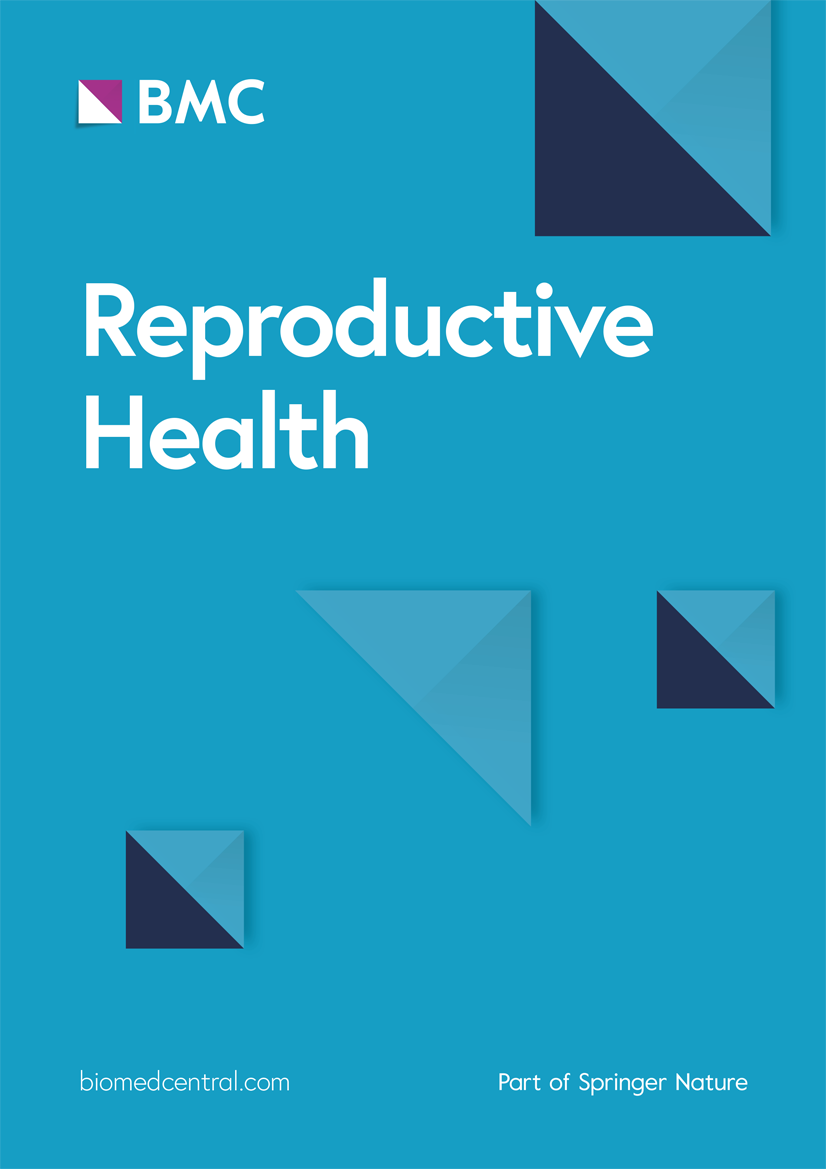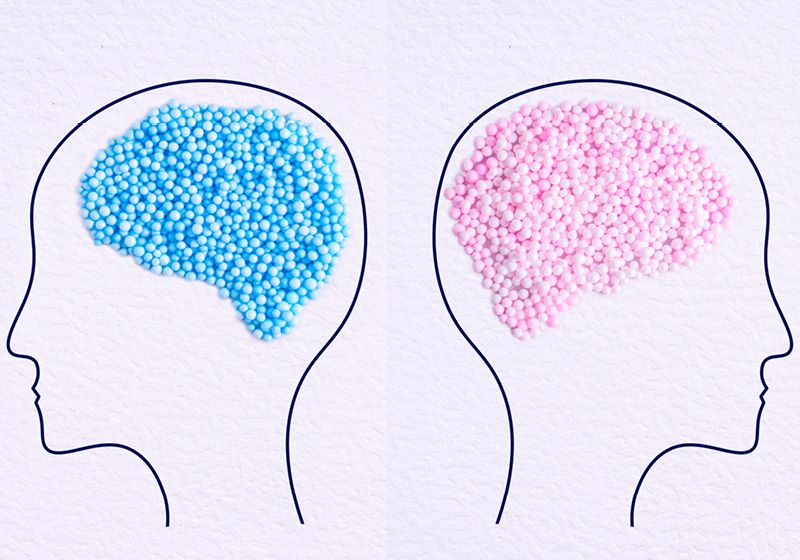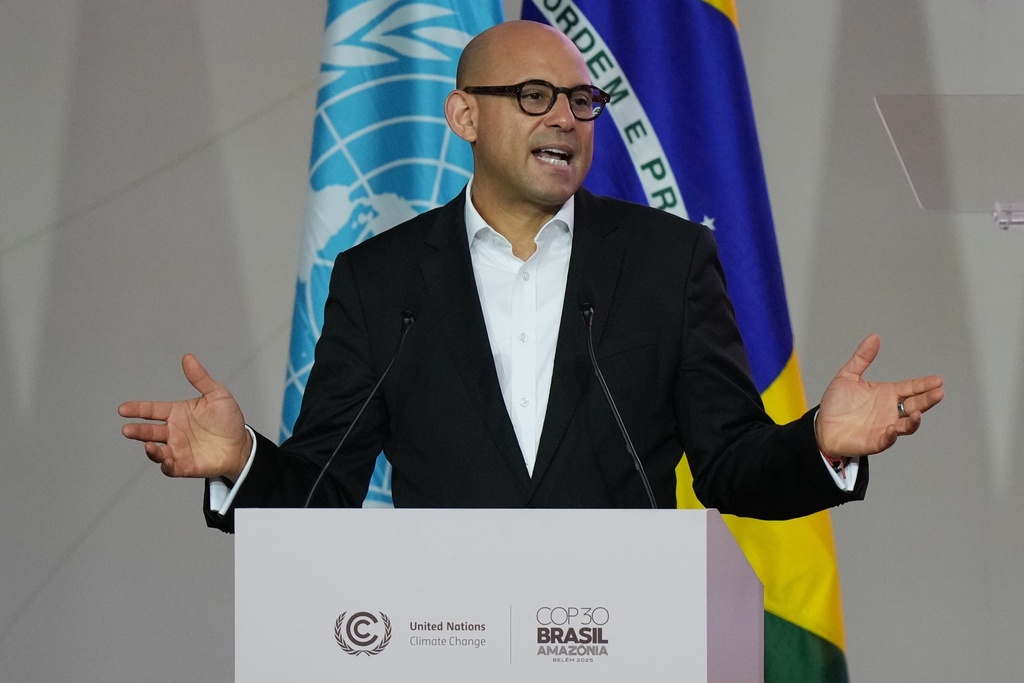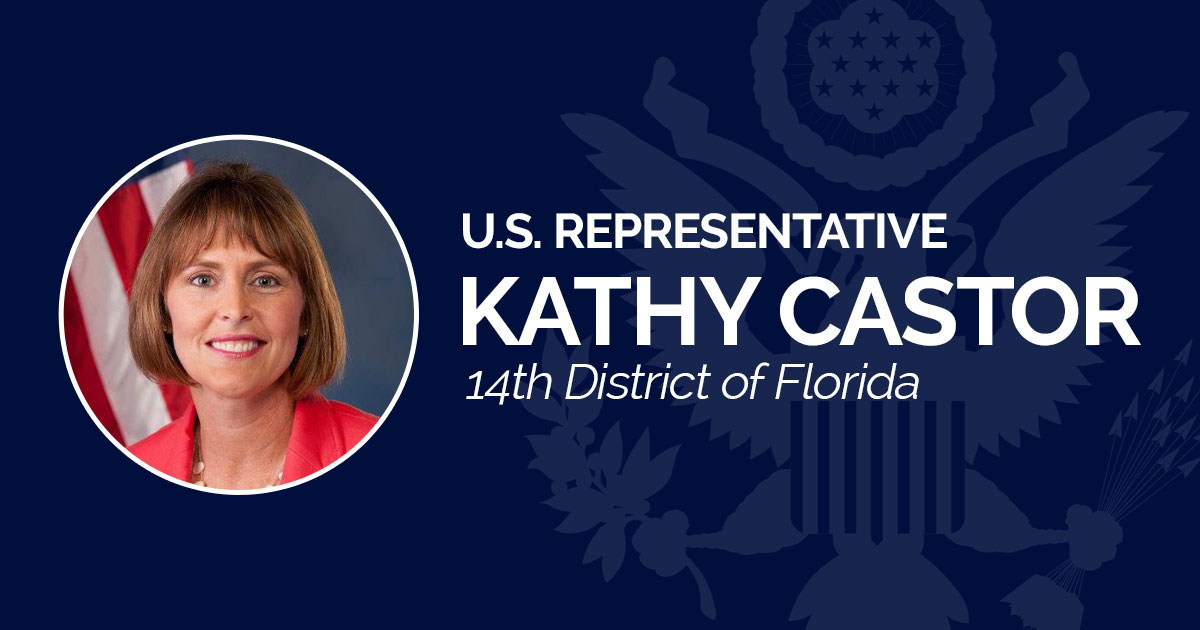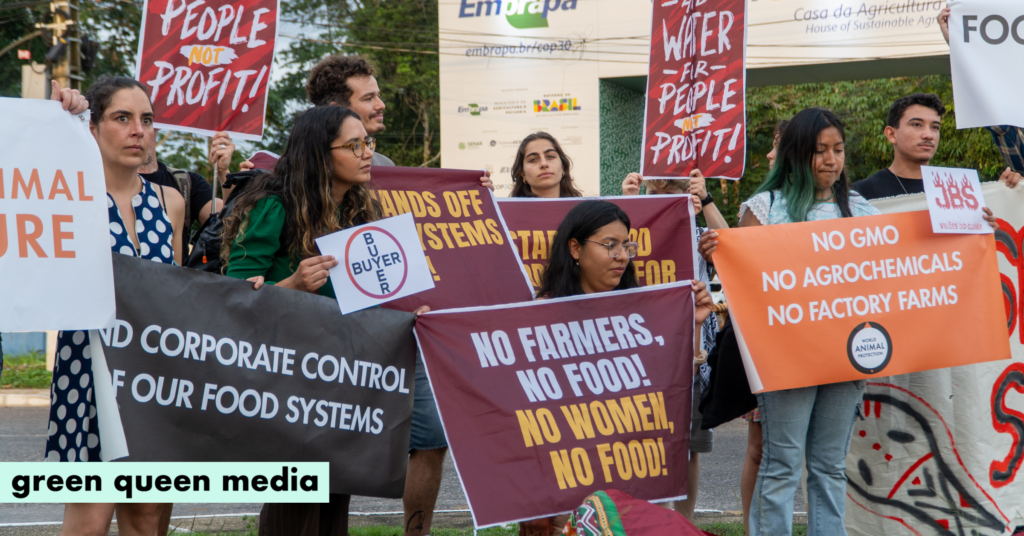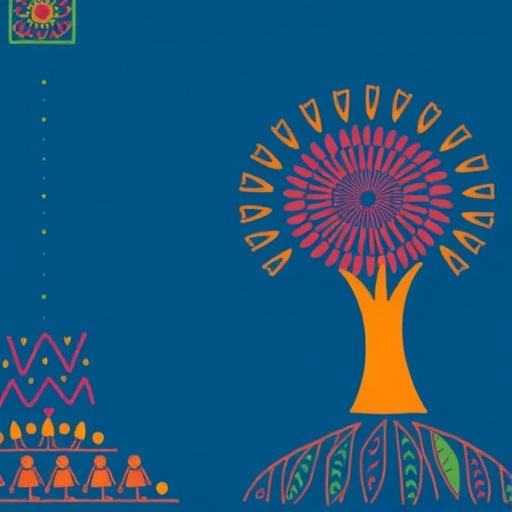Women’s Rights – ACLU of Georgia

Report on Gender Equality and Sustainable Development in the United States, with a Focus on Georgia
Introduction: Assessing Progress Towards SDG 5 (Gender Equality)
- Significant historical progress has been made in the United States concerning women’s rights, including suffrage, access to education, and workforce integration.
- Despite these advancements, persistent discrimination and challenges to female autonomy impede the full realization of Sustainable Development Goal 5 (Gender Equality).
- Key areas of concern include economic disparity, barriers to reproductive health, and legislative setbacks, which undermine women’s ability to participate equally in the economic and social life of the nation.
Economic Disparities and SDG 8 (Decent Work and Economic Growth)
- A substantial gender pay gap persists, representing a direct challenge to SDG Target 8.5, which calls for equal pay for work of equal value. On average, women earn 78 cents for every dollar earned by men.
- This inequality is compounded by race, further violating SDG 10 (Reduced Inequalities). Black women earn only 64 cents and Latinas 54 cents for each dollar earned by white men.
Reproductive Health and its Impact on SDG 3 (Good Health and Well-being) and SDG 5 (Gender Equality)
- Maternal Mortality: The state of Georgia presents a critical failure in meeting SDG Target 3.1 (reduce maternal mortality), reporting the highest maternal mortality rate in the country.
- Restrictive Legislation: The 2019 enactment of a highly restrictive abortion ban in Georgia directly contravenes SDG Target 3.7 (universal access to sexual and reproductive health-care services) and SDG Target 5.6 (ensure universal access to sexual and reproductive health and reproductive rights).
- Economic and Social Participation: As affirmed in judicial precedent (Planned Parenthood v. Casey), the ability of women to control their reproductive lives is fundamental to their equal participation in the nation’s economic and social spheres, a core tenet of SDG 5.
Legal and Institutional Frameworks: Challenges to SDG 16 (Peace, Justice and Strong Institutions)
- Historical Advocacy: Civil society organizations have long played a role in advancing women’s rights through legal channels. The ACLU Women’s Rights Project, founded in 1972, and its support for landmark cases like Doe v. Bolton, exemplify efforts to strengthen institutional protections for women.
- Legislative Failures: The Georgia General Assembly’s rejection of the Equal Rights Amendment (ERA) in 1982 highlights a persistent failure to codify gender equality into law, undermining SDG Target 16.b (promote and enforce non-discriminatory laws and policies).
- Contemporary Legal Action: In response to the 2019 abortion ban, the ACLU and partner organizations filed SisterSong v. Kemp. The subsequent court order blocking the law demonstrates the critical role of the judiciary in upholding constitutional rights and providing access to justice, in line with SDG Target 16.3.
Compounding Crises: The COVID-19 Pandemic and its Effect on SDG 10 (Reduced Inequalities)
- The COVID-19 pandemic has exacerbated existing gender inequalities, disproportionately affecting women and particularly women of color, thereby hindering progress on SDG 10.
- Key impacts include:
- Higher likelihood of job loss.
- Greater representation in high-risk, frontline essential jobs.
- Increased domestic burdens due to school and childcare closures.
- These developments underscore the urgent need to apply a gender-sensitive lens to crisis response and recovery efforts to prevent further regression on multiple Sustainable Development Goals.
Analysis of Sustainable Development Goals in the Article
1. Which SDGs are addressed or connected to the issues highlighted in the article?
-
SDG 3: Good Health and Well-being
The article directly addresses health outcomes, particularly for women. It highlights the challenges to reproductive health and the high maternal mortality rate in Georgia, which are central concerns of SDG 3.
-
SDG 5: Gender Equality
This is the most prominent SDG in the article. It covers multiple facets of gender inequality, including the gender pay gap, discrimination in law and policy (abortion bans, unratified ERA), the fight for women’s full participation in society, and the disproportionate impact of the COVID-19 pandemic on women.
-
SDG 8: Decent Work and Economic Growth
The article connects women’s economic participation to their overall equality. It explicitly mentions the gender pay gap and the higher likelihood of women losing their jobs during the pandemic, which are key issues related to achieving decent work and economic growth for all.
-
SDG 10: Reduced Inequalities
The article’s focus on the pay gap disparity for women of color (“Black women earn only 64 cents and Latinas earn only 54 cents for each dollar earned by white men”) and the disproportionate pandemic impact on them directly relates to reducing inequalities within and among different groups.
2. What specific targets under those SDGs can be identified based on the article’s content?
-
SDG 3: Good Health and Well-being
- Target 3.1: “By 2030, reduce the global maternal mortality ratio…” The article directly references this target by stating that Georgia “has the highest maternal mortality rate in the country.”
- Target 3.7: “By 2030, ensure universal access to sexual and reproductive health-care services…” The entire discussion on reproductive rights, the fight against abortion bans (“Georgia’s abortion ban law”), and legal cases like Roe v. Wade and SisterSong v. Kemp directly relates to ensuring access to these services.
-
SDG 5: Gender Equality
- Target 5.1: “End all forms of discrimination against all women and girls everywhere.” The article highlights legal and systemic discrimination through the fight against “restrictive anti-choice bills” and the failure to ratify the “Equal Rights Amendment (ERA).”
- Target 5.5: “Ensure women’s full and effective participation and equal opportunities for leadership at all levels of decision-making in political, economic and public life.” The article cites Justice O’Connor’s opinion that women’s ability “to participate equally in the economic and social life of the Nation” is tied to their reproductive freedom, and mentions the ACLU’s goal to ensure women “enjoy the benefits of full equality and participation in every sphere of society.”
- Target 5.6: “Ensure universal access to sexual and reproductive health and reproductive rights…” This target is central to the article, which details the ongoing struggle to defend women’s “ability to make private decisions about reproductive health” and “control their reproductive lives.”
-
SDG 8: Decent Work and Economic Growth
- Target 8.5: “By 2030, achieve full and productive employment and decent work for all women and men… and equal pay for work of equal value.” The article provides specific data on the failure to meet this target, noting that “women make just 78 cents for every dollar earned by men.” It also points to employment disparities, as women “are more likely to lose their jobs” during the pandemic.
-
SDG 10: Reduced Inequalities
- Target 10.2: “By 2030, empower and promote the social, economic and political inclusion of all, irrespective of age, sex, disability, race, ethnicity, origin, religion or economic or other status.” The article highlights the intersectional nature of inequality by providing specific pay gap data for different racial groups: “Black women earn only 64 cents and Latinas earn only 54 cents for each dollar earned by white men.”
3. Are there any indicators mentioned or implied in the article that can be used to measure progress towards the identified targets?
-
Indicators for SDG 3
- Maternal mortality rate (Indicator 3.1.1): The article explicitly mentions this indicator by stating Georgia “has the highest maternal mortality rate in the country.”
- Legal framework for access to sexual and reproductive health (related to Indicator 3.7.2): The article’s focus on the “6-week ban,” “Georgia’s abortion ban law,” and legal challenges like SisterSong v. Kemp implies that the existence and enforcement of laws governing access to abortion is a key measure of progress.
-
Indicators for SDG 5
- Existence of a legal framework for gender equality (Indicator 5.1.1): The article implies this indicator by discussing the legislative battle over the “Equal Rights Amendment (ERA)” and the passage of “restrictive anti-choice bills,” which represent the legal framework (or lack thereof) for promoting equality.
- Proportion of women in managerial positions or public life (related to Indicator 5.5.1/5.5.2): While not providing a number, the article implies this measurement by discussing the goal for women to “participate equally in the economic and social life of the Nation.”
-
Indicators for SDG 8 & 10
- Gender pay gap (Indicator 8.5.1): The article provides precise data for this indicator: “women make just 78 cents for every dollar earned by men.”
- Gender and race-based pay gap (related to Indicator 10.2.1): The article provides disaggregated data that serves as an indicator of inequality: “Black women earn only 64 cents and Latinas earn only 54 cents for each dollar earned by white men.”
- Unemployment rate by sex and race (related to Indicator 8.5.2): The article implies this indicator by stating that during the pandemic, “Women, and particularly women of color… are more likely to lose their jobs.”
4. Summary Table of SDGs, Targets, and Indicators
| SDGs | Targets | Indicators Identified in Article |
|---|---|---|
| SDG 3: Good Health and Well-being | 3.1: Reduce maternal mortality. 3.7: Ensure universal access to sexual and reproductive health-care services. |
– Maternal mortality rate (Georgia has the highest in the U.S.). – Legal access to abortion services (threatened by state-level bans). |
| SDG 5: Gender Equality | 5.1: End all forms of discrimination against women. 5.5: Ensure women’s full participation in economic and public life. 5.6: Ensure universal access to sexual and reproductive health and rights. |
– Status of legal frameworks for equality (e.g., non-ratification of the ERA). – Women’s ability to participate equally in economic and social life. – Legal challenges to reproductive freedom (e.g., SisterSong v. Kemp). |
| SDG 8: Decent Work and Economic Growth | 8.5: Achieve full employment and equal pay for work of equal value. | – Gender pay gap (women earn 78 cents per dollar earned by men). – Unemployment rate by gender (women more likely to lose jobs in the pandemic). |
| SDG 10: Reduced Inequalities | 10.2: Empower and promote the social, economic, and political inclusion of all, irrespective of race or sex. | – Pay gap disaggregated by race and gender (Black women earn 64 cents, Latinas 54 cents per dollar earned by white men). |
Source: acluga.org

What is Your Reaction?
 Like
0
Like
0
 Dislike
0
Dislike
0
 Love
0
Love
0
 Funny
0
Funny
0
 Angry
0
Angry
0
 Sad
0
Sad
0
 Wow
0
Wow
0

